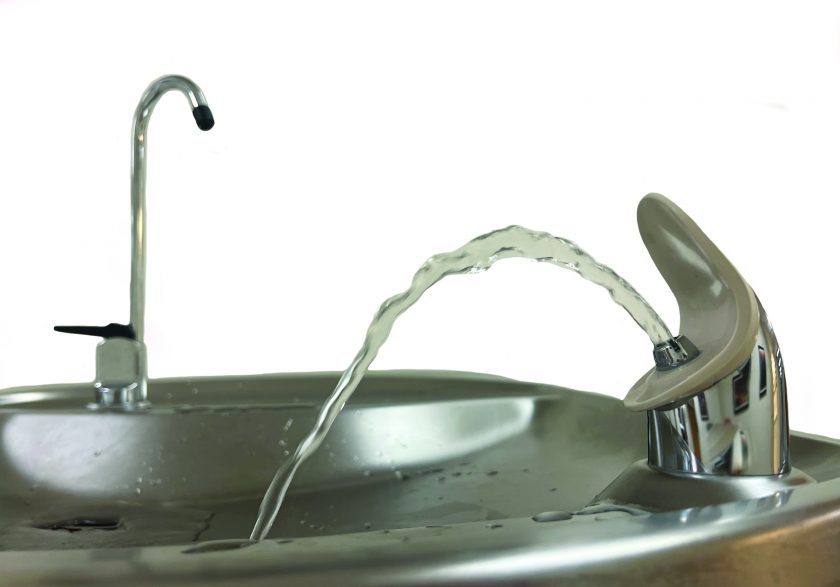Water Quality Risks Linked More to Social Factors Than Money
April 3, 2024

Across the United States, many state policymakers use median household income to determine which communities are disadvantaged and should be prioritized for certain social programs.
But when it comes water quality violations, social factors — such as low population, high housing vacancy, disability and race — are a better measure than income when it comes to determining who is most at risk, according to a study led by Bridget Scanlon, a research professor at the Bureau of Economic Geology.
“The study offers a useful tool that lawmakers can use to learn more about how different types of social vulnerability are associated with different water quality issues,” she said. “This can then aid in coming up with lasting solutions that community water systems need to fix these issues.”
Scanlon and her colleagues analyzed how water quality violations from across the contiguous United States reported from 2018-2020 compared with household median income and a social vulnerability index the researchers compiled for the study. About 70% of people whose water systems had health-based water quality violations were ranked among the most socially vulnerable.
The findings were published in Environmental Research Letters.
Back to the Geoscientist